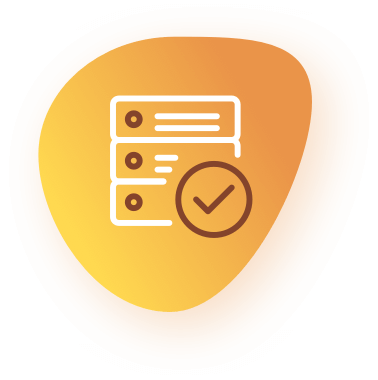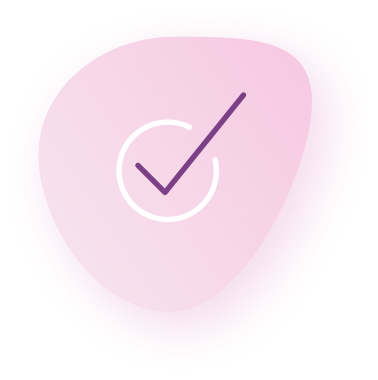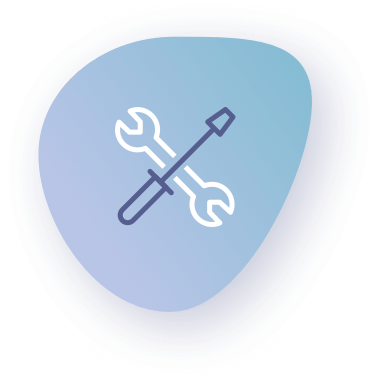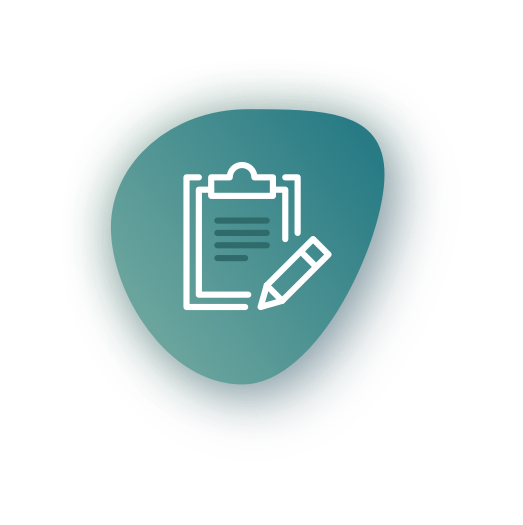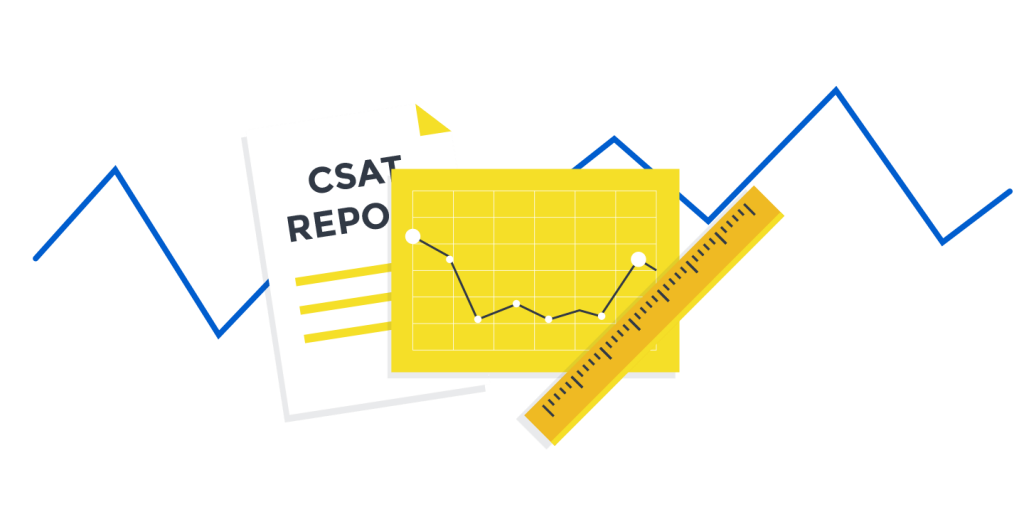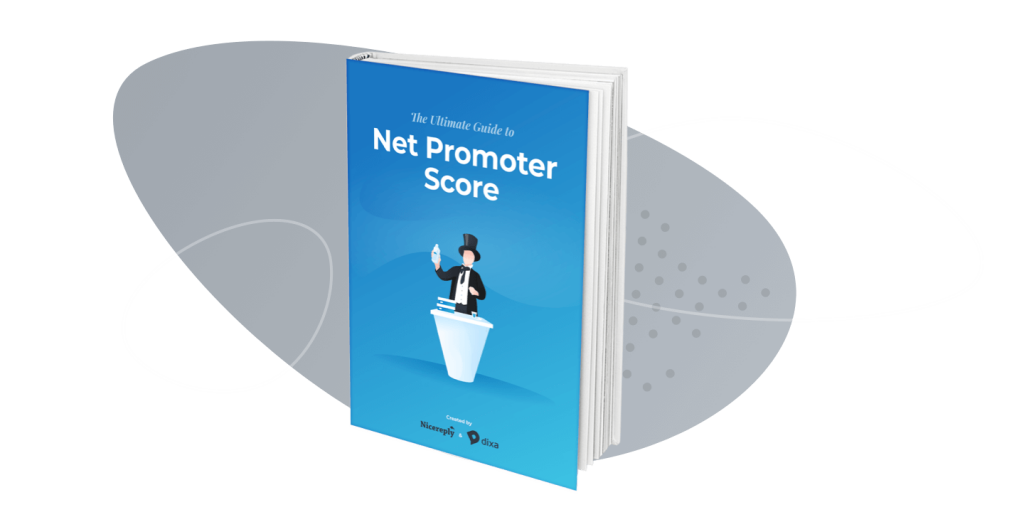Get most of your NPS survey by asking the right follow-up questions.
As a business, it’s your responsibility to improve your customer’s Net Promoter Score (NPS). To do this, you have to have multiple questions at your disposal.
The NPS follow-up question is the key to improving customer satisfaction. Creating, customizing, and answering follow-up questions is an art form that can be learned and perfected with practice.
If you’re unsure how to create effective NPS follow-up questions, we’ve made these expert tips on creating and customizing efficient NPS follow-up questions for your company.
Start your day
with great
quality
content
Keep the Questions Simple and Specific
The most effective NPS follow-up questions are direct and specific. They’re not open-ended, don’t ask for explanations or reasons, and don’t ask for more than one answer. The goal of NPS follow-ups is to get your customers to either:
- recommend your product or service (or explain why it’s excellent),
- give feedback on a specific aspect of what you offer, or
- provide suggestions for improving it.
The best follow-up questions are simple and specific. They’re straightforward, easy to understand, and don’t require any different explanation from the customer.
If a customer has just taken your survey and given you some feedback, he or she is probably not in the mood to talk about it anymore—especially if one has been on hold for 20 minutes waiting for one’s turn.
Your follow-up questions should be easy to understand and quick to answer. The simpler they are, the more likely people will complete them.
If a customer has just feedback on their experience, it can be tempting to ask why they feel that way and then delve deeper into the issue. But this isn’t always necessary or helpful; sometimes, asking what went well or could have gone better is enough.
Ask Only One or Two Follow-Up Questions
An NPS survey offers a powerful way to ask customer satisfaction questions.
You can ask one or two follow-up questions, but don’t ask any more than that. The customer will appreciate it if asked only a few questions, and you’ll be able to use the answers you get to help tailor your follow-up email.
If you ask too many follow-up questions, your customers won’t have time to answer them all and will be more likely to skip them. Asking just one or two follow-up questions can help increase your NPS score by up to 10 points.
It’s tempting to go for more follow-up questions, but the fact is that it can be difficult for customers to answer long forms. You want your NPS survey to be as short and easy to complete as possible, so you get high response rates. The best follow-up questions require more than a yes or no answer but don’t include too many options.
For example, “What else is important to you?” would be better than “What else could we do to improve our service?”
Offer Suggestions Why Respondents Left Low Scores
If you can segment your NPS survey results by the score that customers gave you, you’ll see what respondents say about their interactions with your company.
For example, someone left a negative score because he or she didn’t like a previous experience with your company, and rated how he or she will likely recommend your brand in the future. Thus, it might be worth offering suggestions for improvement based on this information.
Give customers a chance to provide feedback on why they left a low score. You may ask what they would have done differently and how their experience with your company compares with similar ones. This information can help you improve the product or service and the overall customer experience.
When you ask for suggestions about why a respondent gave your company a low score, it helps you understand what you could do differently in the future. In addition, it can help you avoid repeating the same mistakes and fix them before they happen again.
For instance, you can offer suggestions (in question form) such as “What could we have done differently?” or “How was this experience different from others you have had with similar companies?”
You can also include a section for respondents to offer suggestions for why they left a low score. This approach will help you identify what you’re doing wrong and make changes quickly. Make it easy to take action on the survey results.
Use Open-Ended Follow-Up Questions
Employing open-ended NPS follow-up questions helps encourage customers to be specific about their experiences. This technique can help you better understand how to improve your product or service.
For example, if you ask customers to rate their experience with a number between one and 10, they may say they enjoyed it but not give any specific details. By asking them what they liked most about the experience and what could be done differently in the future, you’ll get far more helpful feedback.
This approach can help you identify common problems and opportunities to improve.
Suppose a customer says he or she loves to see more of your product, ask why. If one says that the price is too high, ask him or her what would make it more affordable. This can help you identify specific problems and opportunities to improve the customer experience.
If someone says he or she will recommend your company because it has great customer service, ask him or her what makes it so great. This will help you understand why a customer left a high score instead of assuming everything is fine.
You can ask questions like “What do you like about our product or service?” or “What would make it better?”
You can also ask questions like, “How likely are you to recommend us to a friend or colleague?” This will help you learn how satisfied customers are with your service and what improvements need to be made.
This can help you understand what they liked and didn’t like about your product or service. It also enables you to figure out how to better cater to their needs in the future.
For example, if someone gives you a low score, ask why so you know exactly where to make changes. This can help prevent future negative reviews from happening again.
Keep the Language Conversational, Not Technical
If you’re writing an email, don’t use very formal words. This is especially important if you’re writing comments in response to a negative review.
If you are trying to be professional and use proper grammar, it can come off as cold and unempathetic. Instead, keep the language conversational and friendly by using contractions like “you” instead of “the customer.”
This will help show that you are on their side and want to ensure that they leave with a positive experience instead of feeling like they have been talked down to by someone who doesn’t care about them or their experience.
If you want people to take your feedback seriously, use language they can relate to. This is especially important when responding to negative reviews because it shows that you’re listening and willing to adjust your business practices accordingly.
For instance, you can ask simple, easy-to-understand questions like “What was the most helpful thing about our service?” or “What would you like to see us change about our policies?”
Make sure that everything you write sounds like something a real person would say, not a business owner who is just trying to cover his tracks.
Preview Your Questions and Make Changes in Real-Time
It’s easy to get caught up in the moment when you’re writing a response and forget about the small details that can make or break your reply. You don’t want to write something only to realize later that it sounds nonsense.
Aside from using sales tools for marketing, one of the best ways to get better at giving feedback is by practicing. You can preview your questions and make real-time changes while writing them out.
Suppose you notice that one question sounds too aggressive and the other sounds too passive. Then combine those two into a single question that still gets to the heart of what you want to know from the customer.
One of the biggest mistakes you can make is to write a question that’s too long or complicated for someone to answer. It would be best if you also avoided questions that ask people to explain something in detail because they’ll feel like they have to spend time explaining things instead of simply answering your question in one sentence.
Getting things right the first time is vital if you’re writing a response to a negative review. You don’t want to go back and fix mistakes because that can make your response look unprofessional or, even worse, make it seem like you are trying to hide something.
This is an integral part of the process but can also be time-consuming. If you have many questions to ask your reviewers, create your survey questions and then export them into Google Forms or ProntoForms so you can edit them on the go.
You can also easily integrate NPS tracking with Nicereply. This approach will help significantly in retrieving more feedback from your customers.
In that way, when someone leaves a review or comment on Facebook or Yelp, you can immediately jump over and add their answers to your survey without having to type in all new information from scratch.
NPS Follow-Up Questions Should be Strategic and Well-Considered
NPS follow-up questions are one of the most critical steps in your ongoing customer relationship management strategy. These questions help you to measure NPS goals, upgrade a failing customer experience, and defuse bad star ratings.
A carefully crafted and strategic follow-up questions can make all the difference in ensuring that your customers keep returning for more. If you want to know more about NPS, it’s best to seek guidance from NPS experts.
